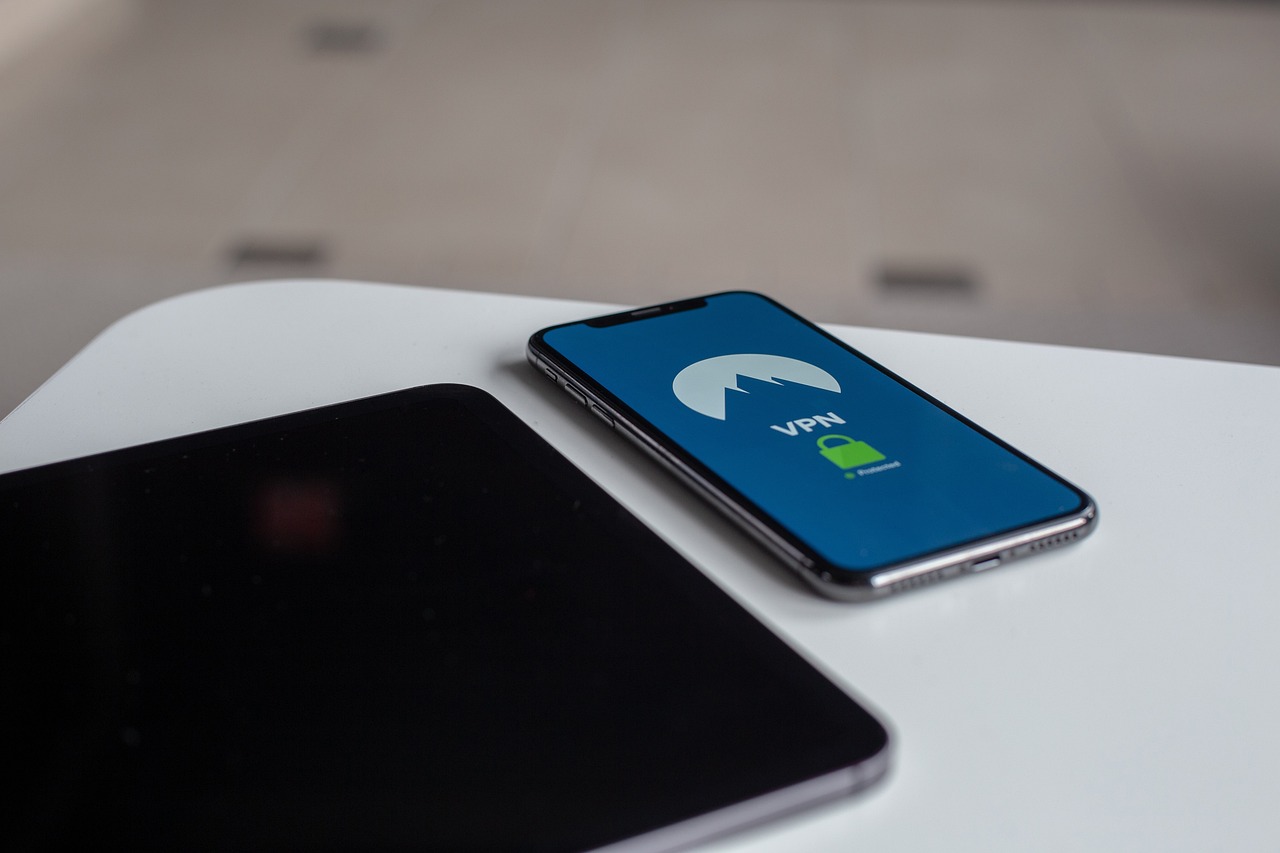
11 Jul Boosting IPTV Performance: VPN Tips and Tricks
IPTV, or Internet Protocol Television, has become a popular way to stream television content. However, many users face performance issues such as buffering, slow streaming speeds, and geo-restrictions. Using a Virtual Private Network (VPN) can significantly enhance your IPTV experience by providing a secure and fast connection. Here are some tips and tricks to optimize IPTV performance with a VPN.
Choose a High-Speed VPN
The first step to improving IPTV performance is selecting a VPN that offers high-speed servers. A good VPN should have a large network of servers distributed globally to ensure you can find a server close to your location. This minimizes latency and maximizes speed. Some of the top high-speed VPNs known for their reliable performance include ExpressVPN, NordVPN, and CyberGhost. These VPNs are optimized for streaming and can handle high-definition content without lag.
Connect to the Nearest Server
When using a VPN, connecting to a server geographically closer to you can improve your connection speed. This reduces the distance your data has to travel, leading to faster streaming. Most VPN apps will automatically suggest the fastest server based on your location, but you can manually select a nearby server for optimal performance.
Utilize Split Tunneling
Split tunneling is a feature available in many VPN services that allows you to choose which apps or websites use the VPN connection. By enabling split tunneling, you can direct only your IPTV traffic through the VPN while allowing other apps to use your regular internet connection. This can free up bandwidth and improve streaming performance. Check your VPN settings to enable split tunneling and configure it according to your needs.
Opt for Wired Connections
For the best streaming performance, consider using a wired Ethernet connection instead of relying on Wi-Fi. Wired connections are generally faster and more stable, reducing the likelihood of buffering and interruptions. If a wired connection isn’t feasible, make sure your device is close to the Wi-Fi router and there are no physical obstructions or electronic interference that could weaken the signal.
Adjust VPN Protocols
VPNs offer different protocols for securing your connection. Some protocols are faster than others. For IPTV streaming, you can try switching to a faster protocol such as OpenVPN UDP, WireGuard, or IKEv2/IPSec. These protocols provide a good balance between speed and security. Most VPN apps allow you to change protocols in the settings menu, so you can experiment to see which one offers the best performance.
Keep Your VPN and Streaming Apps Updated
Ensuring that both your VPN and IPTV streaming apps are updated to the latest versions can prevent performance issues. Updates often include bug fixes and optimizations that can enhance speed and stability. Regularly check for updates and install them to maintain optimal performance.
Disable Unnecessary Background Apps
Running multiple apps in the background can consume bandwidth and slow down your internet connection. Close any unnecessary apps or processes on your device to free up resources for IPTV streaming. This simple step can significantly improve streaming quality and reduce buffering.
Test Different Servers
If you experience slow streaming speeds or buffering, try switching to a different VPN server. Sometimes, specific servers can become congested with traffic, leading to slower speeds. Most VPN apps make it easy to switch servers, so try a few different options to find the one that offers the best performance for your IPTV service.
Enjoy Seamless Streaming
Using a VPN can greatly enhance your IPTV experience by providing a secure, fast, and reliable connection. By selecting a high-speed VPN, connecting to the nearest server, utilizing split tunneling, opting for wired connections, adjusting VPN protocols, keeping your apps updated, disabling unnecessary background apps, and testing different servers, you can enjoy seamless IPTV streaming without interruptions. With these tips and tricks, you’ll be well on your way to a better viewing experience.

No Comments